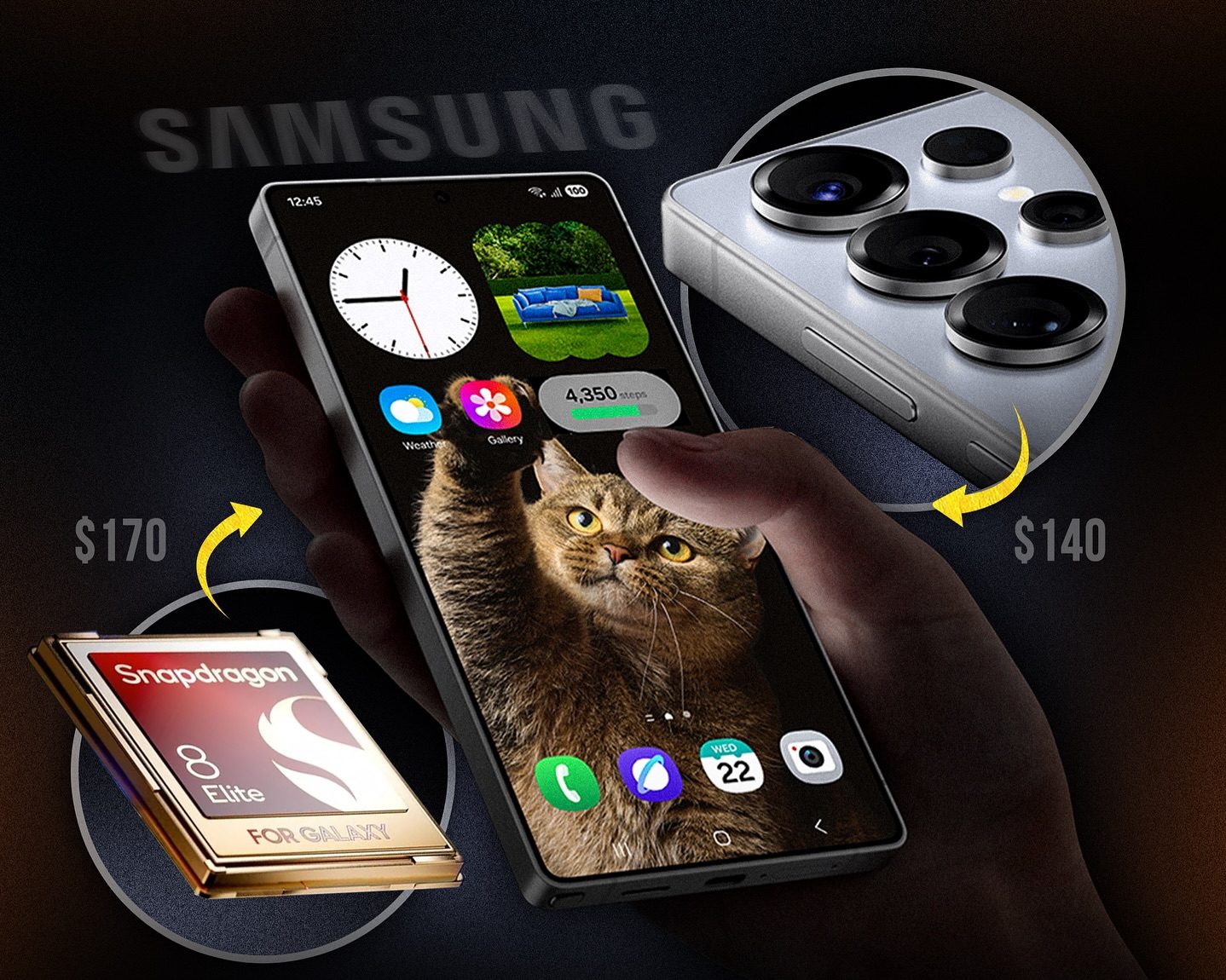How Much Every Major Galaxy S25 Ultra Part Really Costs Compared to Its $1,299 Price
The Galaxy S25 Ultra is Samsung’s most ambitious smartphone yet, a flagship loaded with the kind of specs that make headlines. But behind the glass, the polished design, and the heavy marketing, there’s another story: what it actually costs to build one of these devices. When you hold a phone that retails for $1,299.99, you might imagine the inside parts are worth close to that number. The truth is a bit more surprising, and in many ways, it explains why the smartphone industry works the way it does today.
Analysts estimate that the Galaxy S25 Ultra’s hardware costs total around $468. That figure is based on a teardown analysis of its main components, everything from the Snapdragon 8 Elite processor to its triple-lens camera array. That means when you buy one, less than half of the money you spend is on the actual physical parts inside the phone. The rest goes toward assembly, research and development, logistics, retail distribution, marketing, and of course, profit. Let’s break it down part by part, and see how each piece of the puzzle fits into Samsung’s big picture.
The Snapdragon 8 Elite Chip – $167
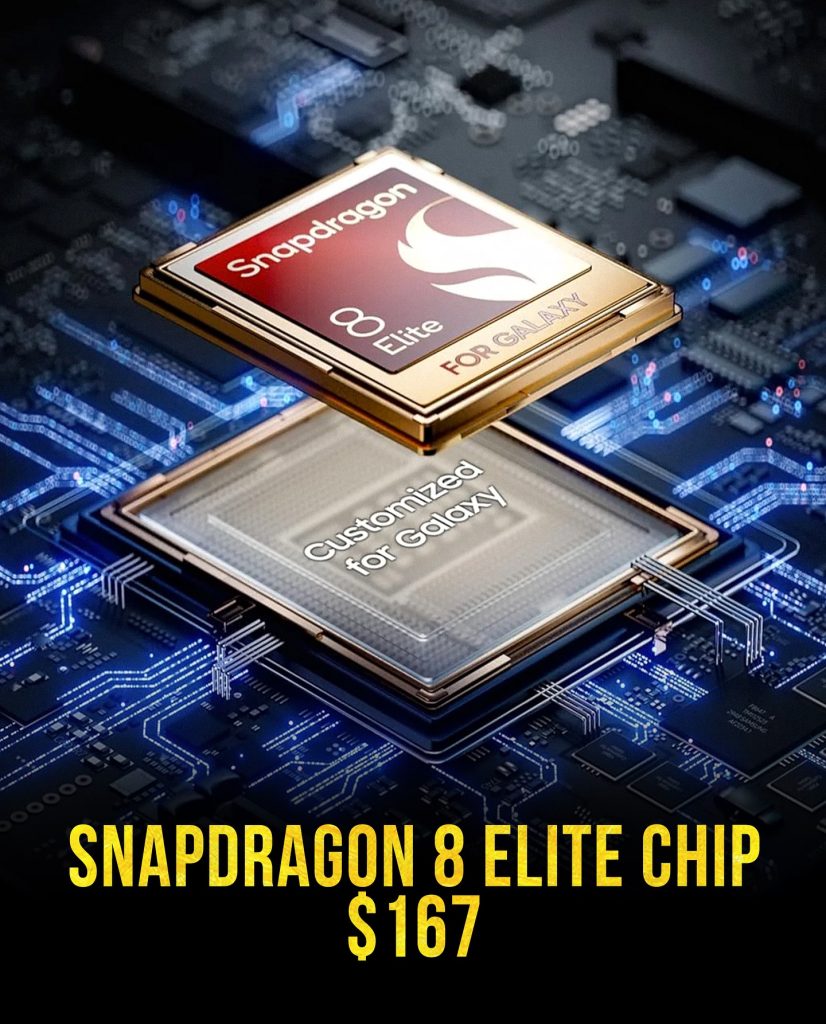
The single most expensive part of the Galaxy S25 Ultra is its heart: the Snapdragon 8 Elite processor. Customized for Samsung, this chip alone accounts for roughly $167 of the total build cost. That’s not surprising. Chips today aren’t just about speed — they control AI processing, battery efficiency, camera computation, and even connectivity. This one is built on cutting-edge fabrication processes, making it small, powerful, and expensive. Without it, the S25 Ultra wouldn’t deliver the fast performance and advanced AI features Samsung advertises.
The 6.9-inch AMOLED Display – $84
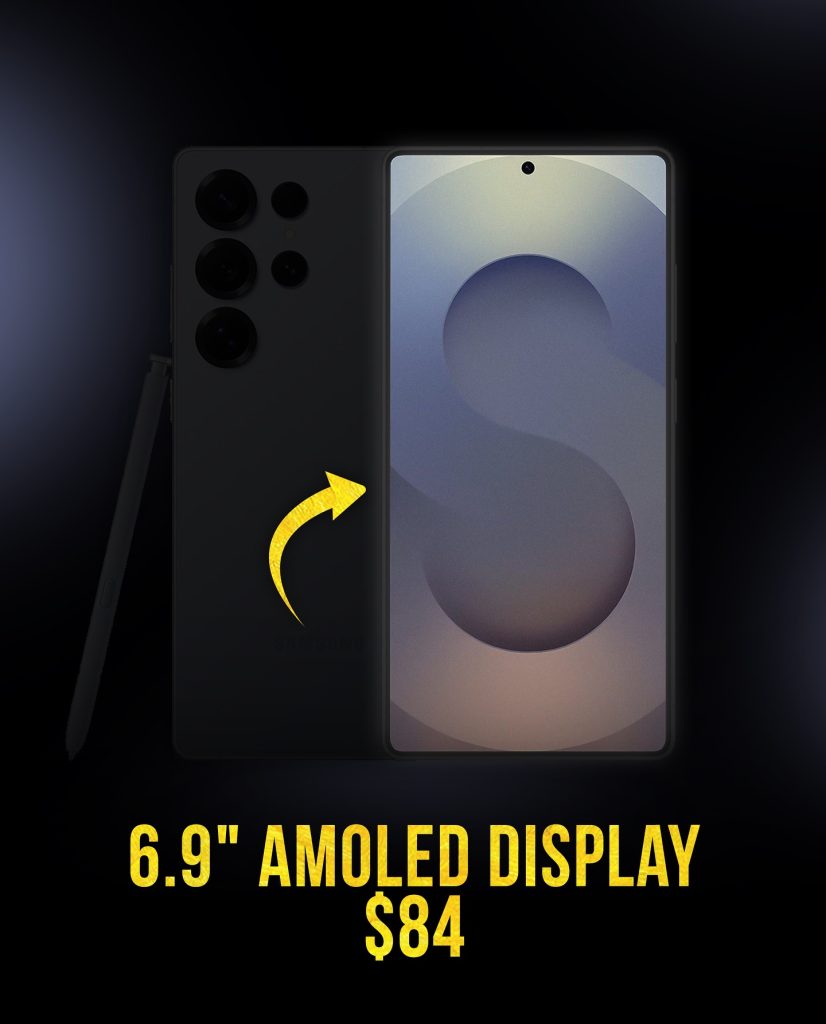
Samsung is known for making the best smartphone displays in the world, and the S25 Ultra continues that tradition. Its 6.9-inch AMOLED panel is estimated to cost about $84. That may sound like a lot, but for a screen that pushes ultra-high brightness, deep contrast ratios, and silky smooth refresh rates, it’s actually one of the biggest selling points of the device. People don’t just buy this phone for its specs; they buy it for how beautiful everything looks on it.
The Camera Module – $138
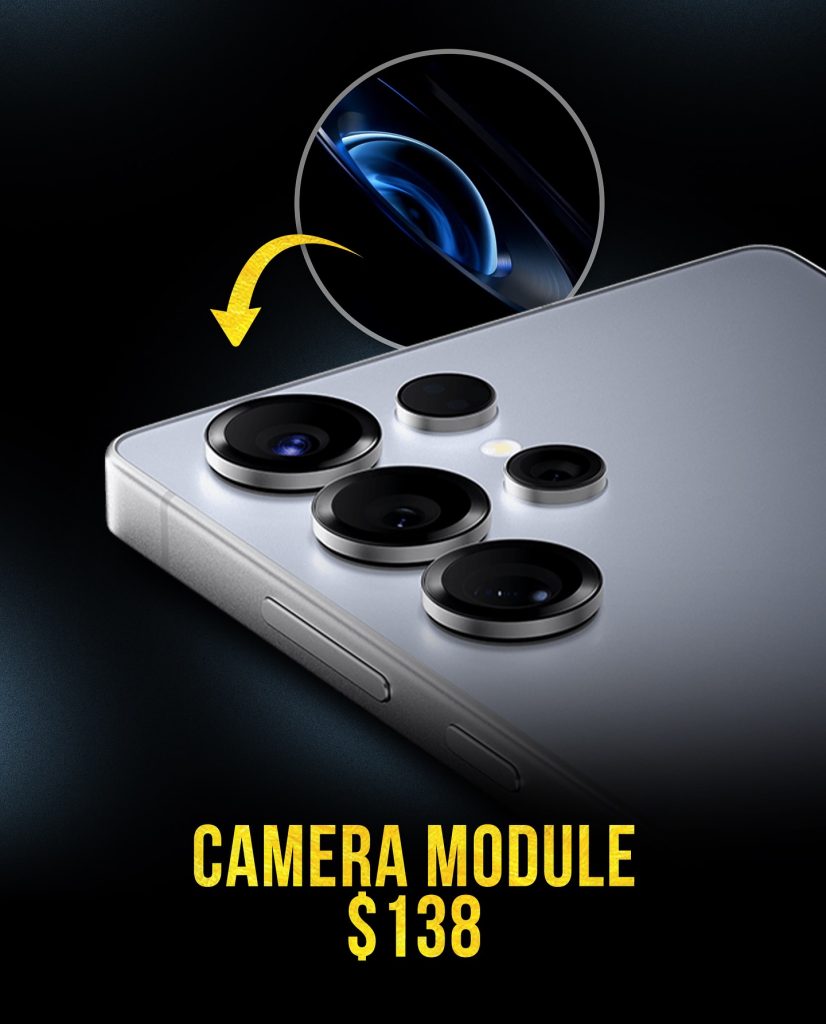
Cameras have become the ultimate battleground for smartphone makers. For Samsung, the S25 Ultra’s camera system is one of its proudest features. At $138, the module is the second most expensive single component in the phone. With multiple sensors, advanced stabilization, and high-resolution zoom, it’s essentially a mini professional photography kit in your pocket. Samsung spends here because it knows customers demand cameras that can rival DSLRs, and in this phone, the cost reflects that.
RAM and Storage – $31 + $18
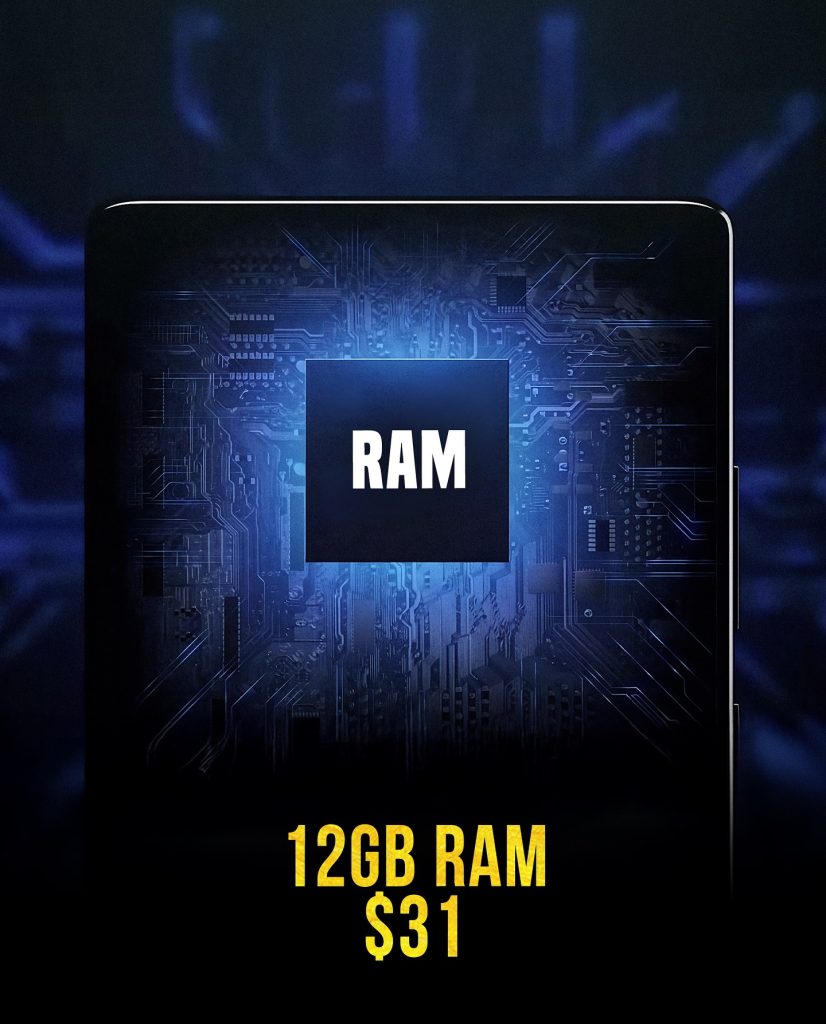
Memory is surprisingly affordable compared to other parts. The S25 Ultra packs 12GB of RAM, which costs about $31, and 256GB of storage, which adds another $18. Together, they’re less than the cost of one smartphone accessory like Samsung’s official case. But don’t underestimate them. RAM is what lets you switch between apps smoothly, while storage ensures your thousands of photos, videos, and apps have space to live. It’s a reminder that sometimes the most important features aren’t always the most expensive ones.
The Battery – $11
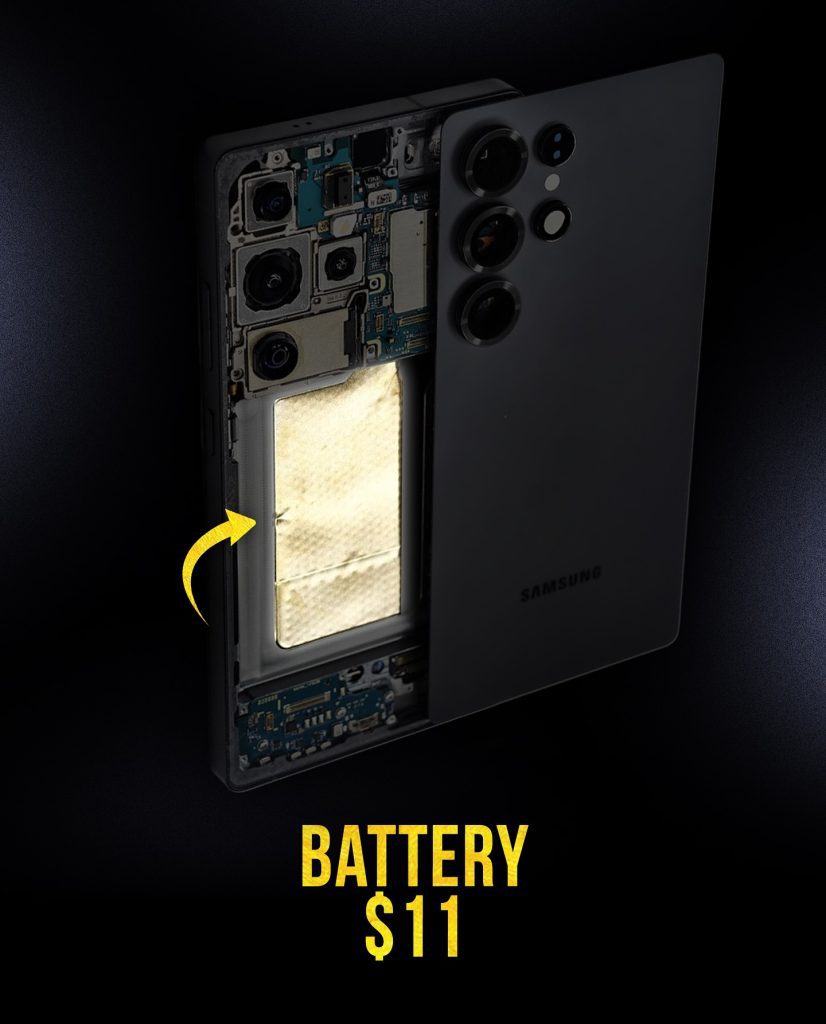
Perhaps the most shocking number on the list is the battery: just $11. That’s the part responsible for keeping the entire system running, powering every feature, every call, and every hour of screen time. Batteries are relatively cheap to produce, but they’re also the source of many consumer complaints when they don’t last long enough. It’s interesting to realize that one of the things we rely on most in our phones is among the least costly for manufacturers.
The Main Enclosure – $19
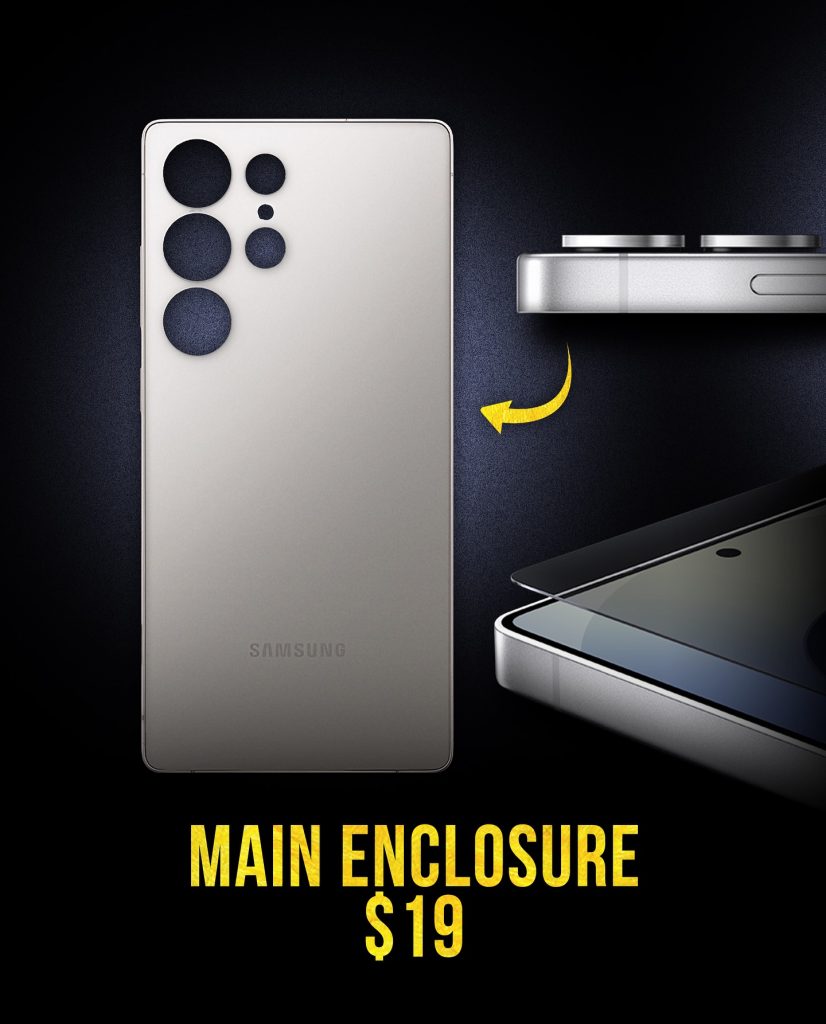
The shell of the phone, the part you see and feel every day, costs around $19. That includes the metal frame and back panel, designed to give the S25 Ultra its premium look and durability. For Samsung, the enclosure isn’t just about aesthetics — it’s also about housing delicate internals safely while maintaining water resistance and a premium feel. It’s the first impression buyers get, and even though it’s not the priciest component, it’s one of the most important.
Total Build Cost vs. Retail Price
Adding all these parts together, you get around $468 in total component costs. Yet the phone sells for $1,299.99. That means over $800 of the retail price isn’t in the hardware itself. But that doesn’t mean Samsung is simply pocketing the difference. That margin pays for things like research and development — years of engineering work that went into designing the chip, optimizing the cameras, and building the software. It also covers marketing campaigns, shipping across the globe, warranty services, retailer cuts, and profits that keep the business running.
What this breakdown shows is that when you buy a Galaxy S25 Ultra, you’re paying for far more than just the metal, glass, and silicon in your hand. You’re buying into Samsung’s entire ecosystem: the software experience, the customer service, and the promise of updates and support. The parts may cost $468, but the value comes from everything else layered on top of those parts, the invisible things that make a Galaxy phone feel different from a generic device.
For consumers, it’s a reminder that the sticker price of any smartphone tells only part of the story. The real cost is hidden in the years of design, testing, and branding that make a device desirable. And in the end, that’s what people are paying for — not just a collection of chips and screens, but a carefully crafted product that carries the Samsung name.

